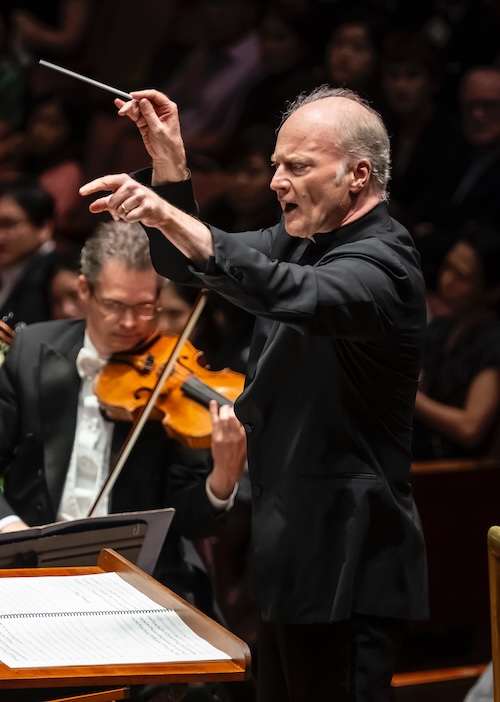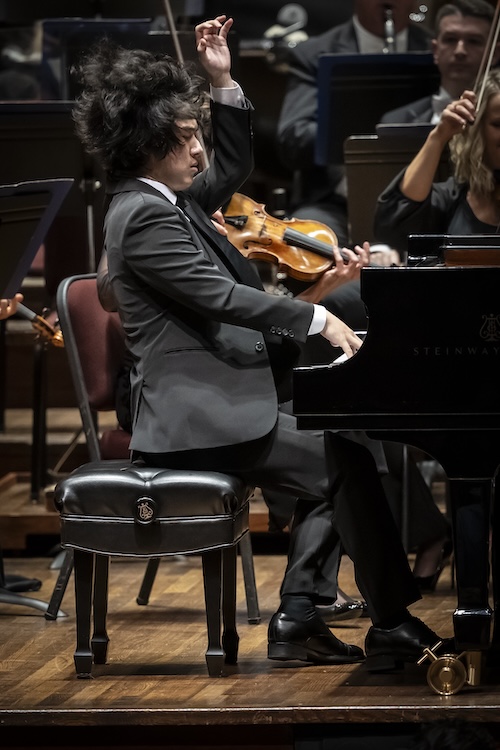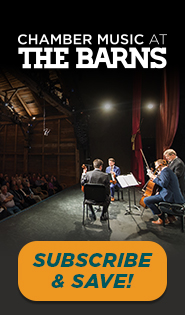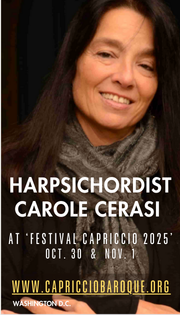Crisis averted, NSO and Kennedy Center reunite for ebullient season opener

Gianandrea Noseda conducted the National Symphony Orchestra in a gala season-opening concert Saturday night at the Kennedy Center. Photo: Scott Suchman
What a roller coaster week: the National Symphony musicians went on strike against the Kennedy Center and then quickly agreed to a new contract, all within a four-hour span Friday.
The NSO’s gala concert to inaugurate the season, which was off and then back on again, took place Saturday night in the Kennedy Center Concert Hall. In a welcome new format, happily without any speeches to break up the music, the concert proceeded as if the recent crisis was already forgotten.
The evening’s banner event was the long-awaited NSO debut of pianist Yunchan Lim. The South Korean, 20, took the Gold Medal at the 2022 Van Cliburn International Competition, the youngest pianist ever to do so. Rather than Rachmaninoff’s Piano Concerto No. 3, with which he won that competition, Lim gave a daredevil rendition of the Russian composer’s Piano Concerto No. 2 with NSO music director Gianandrea Noseda.
Lim took the same approach to both concertos, tearing through the most difficult passages with audience-thrilling speed but leaving large swaths of this poetic score largely unexamined. On one hand, Lim’s refusal to wallow in the treacly side of Rachmaninoff suited those listeners (like me) who roll their eyes at such excess. He charged through the famous second theme of the first movement, which is indeed supposed to be at the same tempo as the first theme, in a way that gave it a satisfying forward impulse.
On the other hand, as he matures Lim will surely take more time with the less flashy parts of the music he plays. He did not make much of the concerto’s enigmatic chordal opening. The march section after the development sounded forthright, with perhaps a little too much orchestral sound. Principal horn player Abel Pereira stole the spotlight with the return of that tender second theme.

Yunchan Lim performed Rachmaninoff’s Piano Concerto No. 2 with the NSO Saturday night. Photo: Scott Suchman
A similar lack of reflection marked Lim’s obvious choices in the second movement, where much of the time the piano takes up the theme in unison. The most moving musical contributions came from the poignant flute and clarinet solos by Aaron Goldman and Lin Ma, respectively. Lim seemed more at home as the movement hit the Più animato section, driving through the little cadenza section with furious trills, until the two flutes cooled the temperature back down and Noseda delicately wove the violins back into the texture on the main theme.
The success of the performance rested almost entirely on its third movement, played with astounding technical assurance even at a turbo-powered tempo. Again and again, Lim made volcanic advances in pacing, with Noseda and the NSO flying along in lockstep. Far from an empty display of virtuosity, the interpretation proved musical and moving, eliciting thunderous ovations. The audience’s desire for an encore, however, went unanswered, as Lim left the stage after a few curtain calls.
Lim’s decision turned out to be the right call, since the concert stretched to two hours in length, with no speeches but also with no intermission. Before Gianandrea Noseda and the musicians took the stage, in a change made late enough not to appear in the printed program, Marvin Mills sat at the console of the Concert Hall’s Casavant Frères organ, given by KC chairman David Rubenstein in 2012. (Rubenstein will step down as chairman of the board of trustees in January 2025.) Mills turned in a capable rendition of Bach’s Toccata and Fugue in D Minor, with a few minor slips mostly in the left hand.
Noseda’s other selections focused on the theme of dance, beginning with the first NSO performance of Carlos Simon’s Four Black American Dances, premiered last year by the Boston Symphony Orchestra. The first movement (“Ring Shout”) featured homespun celebratory sounds, including hand clapping and rhythmic strikes on a wooden box, contrasted with the second movement (“Waltz”) swooning with champagne-soaked sentimentality. The third movement (“Tap!”) felt the least successful, a time-filler before the Gospel-infused “Holy Dance” that concluded the set. The piece should prove to be a worthy alternative to gala fare like Bernstein’s Symphonic Dances from West Side Story.
Three neo-baroque dances by Mélanie (“Mel”) Bonis made a fine first impression. This largely unheralded French woman studied with Franck and others at the Conservatoire de Paris, numbering Claude Debussy among her classmates. This Pavane, Sarabande, and Bourrée, first conceived as piano miniatures, made pleasing trifles for a palate-cleansing course, especially given how Noseda helped shade them with finely shaped rubato.
The kicker came with Maurice Ravel’s hurricane-force orchestration of La Valse, played to the hilt by Noseda and with impeccable solo and ensemble work from the NSO musicians. As the manic dance sped up and threatened to come apart at the seams, it felt more and more like a metaphor for the wild week of intense contract negotiations that had just passed. In the end, everyone was just glad that the show went on.
A second chance to hear Simon’s Black American Dances comes next week, when Gianandrea Noseda also leads performances of Beethoven’s Fifth Symphony and Strauss’s Four Last Songs with soprano Rachel Willis-Sørensen October 3 to 5. kennedy-center.org






